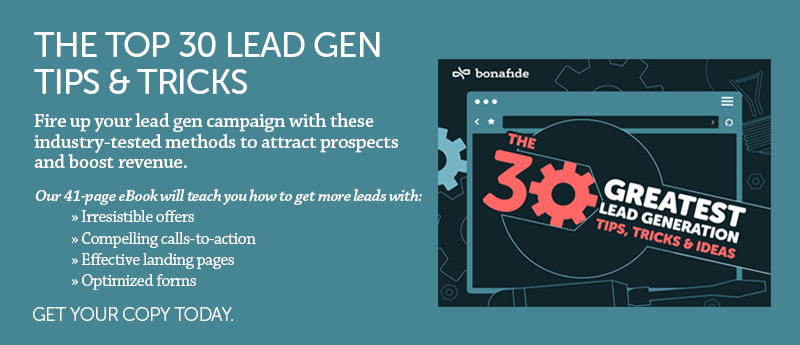 Before creating a form, ask yourself how you feel about filling them in. How much information are you willing to give up for whatever they’re offering? At what point do you look at a form and say, “No way!” and move on? Have you ever given up trying to put in your information because of unexplained errors?
Before creating a form, ask yourself how you feel about filling them in. How much information are you willing to give up for whatever they’re offering? At what point do you look at a form and say, “No way!” and move on? Have you ever given up trying to put in your information because of unexplained errors?
It is the same for your visitors. You are setting your website visitors up for a sale and they know it. Customers will weigh the value of the offer against the amount of work it will take to complete the form. You may see this referred to as friction. The more friction, the fewer the conversions.
How can you create a form people are willing to fill out?
1) Limit the Number of Fields
The percentage of submissions is in inverse proportion to the number of fields required. In other words, forms with 3 fields are more likely to be completed than forms with 8 fields.
Determine your goal for the form right at the beginning. Before including a field on a form, ask if it is essential to reaching that goal. Does company name matter if the goal is to provide survey results? Do you really need their address, phone number, and title? If the answer is no, then don’t include it.
Patience, Padawan. The answers you seek will come to you in due course.
And forget about required versus optional fields. Fields are fields. The more there are, the fewer the conversions. Period.
2) Use a Single Column
One column of fields is simple. Anything more becomes confusing to the eye. Confused people don’t fill out forms. They get frustrated and leave.
One column, one field per line on said column, enough said.
Column too long? Revisit #1 above.
3) Create an Attractive Design
The landing page and form should look professional and match the rest of the website. Asking for information is like asking someone into your home; you want to make a good impression. If the form looks cheesy, what will people think of the offer?
Attractive design builds trust. Design resembling a used car commercial, not so much.
4) Manage Expectations
Clearly show what will happen once the form is submitted. Instead of labeling the button “submit,” label it “download white paper now.” Or “begin your free trial.” You get the idea.
Make it clear whether the content is being sent through email or if they can download it from the page itself.
5) Clearly Highlight Errors
Don’t you hate filling out a form only to be stymied by the announcement that you missed or incorrectly entered incorrectly? And you don’t know which one?
Clearly highlight or otherwise demarcate any fields that need attention. If it is a formatting issue, have the error message provide an example of the correct format. Missing field? Point it out. Did you make them create a password? Don’t show asterisks instead of the actual characters. And, for heaven’s sake, don’t make them enter it twice!
6) Be Flexible on Format
To minimize the issues from above, be flexible about how your visitors can enter their information. Take phone numbers, for instance. Use a script to recognize the phone number no matter how it is typed in.
• 5555555555
• 555.555.5555
• 555-555-5555
• (555) 555-5555
All of these formats can be translated at the back end into the correct phone number. Remember, we are trying to reduce friction.
7) CAPTCHA – One Word: DON’T
There is nothing on the face of this earth more frustrating than trying to decode some of the CAPTCHA schemes out there. Unless there is an extremely compelling reason to find out if a human is filling out your form, don’t use it. Please. We’re begging you. Just….don’t.
If you need the reassurance, use double opt-in. Or you can use the honeypot CAPTCHA method which doesn’t require any action on the part of the user but still keeps spam to a minimum.
8) Responsive Web Design
Responsive web design is a practice meant to ensure your website renders correctly regardless of the device used to view it. It’s a great way to make sure your form doesn’t show up as too tiny or too huge. With a larger and larger percentage of customers accessing your site and content on smartphones and tablets, responsive design makes their experience more device agnostic, offering a better, more friction-free experience.
And there you have it…eight ways to reduce friction and create forms that convert. Whether you are soliciting newsletter subscriptions, building your email list, or nurturing leads, the form may be the first hurdle you ask your customers to leap. Make it a really, really short one.

